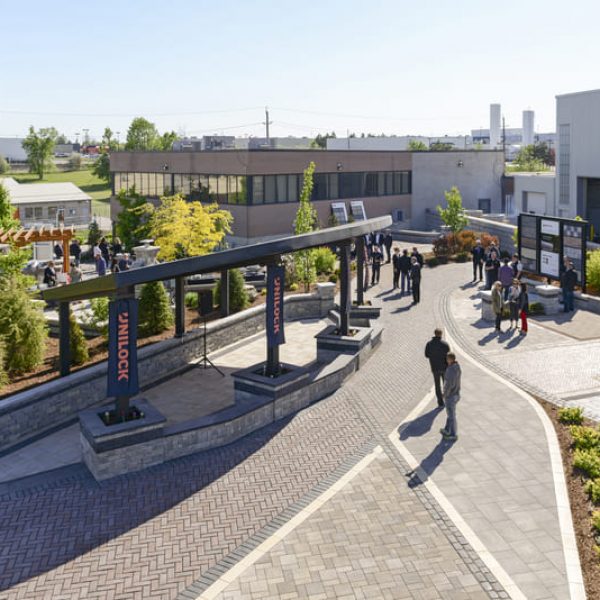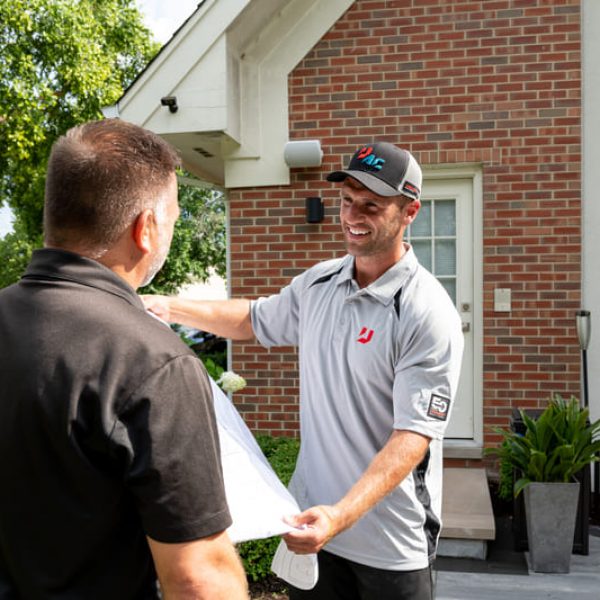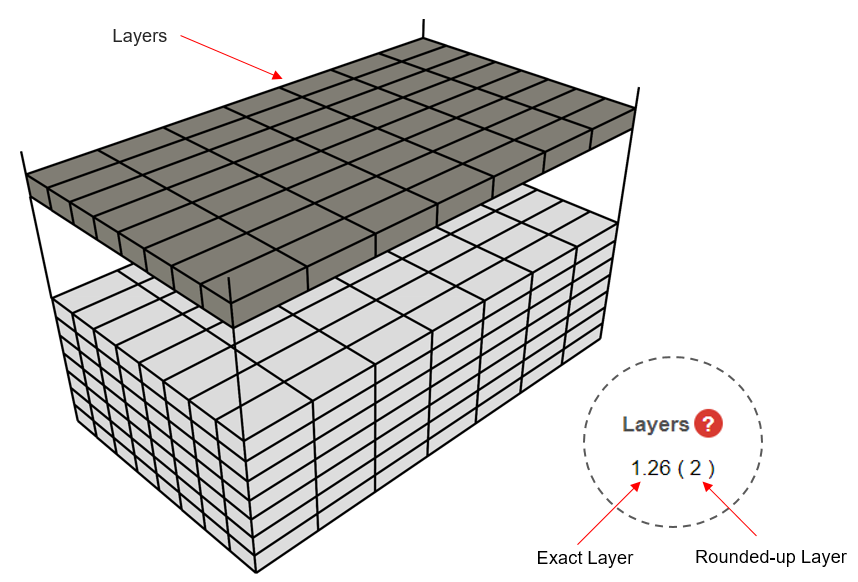Working with a Unilock Authorized Contractor is working with the best of the best. Our UACs possess the knowledge and expertise to bring your dream project to life, and deliver stunning results that will exceed your expectations.
Do's and Don'ts of Paver Installation: Step 1 of 3 – Pre-installation and Planning
People underestimate the amount of work involved with the installation of paving stones. To help, we’ve curated a list of best practices to consider and common mistakes to avoid.
To avoid common mistakes, follow these steps:
Make a reasonable drawing of the work area
Your drawing doesn’t need to be a computer-generated blueprint, but a scaled drawing is helpful for a couple of reasons: it will assist you with calculating the required materials, and it will help with the on-site planning.
We recommend you include a drainage plan. It doesn’t have to be elaborate, but some people mistakenly think that they don’t need to worry about surface drainage, believing that the water will percolate down through the joints of the paving stones. This is a big mistake. Other than with permeable installations, only a small amount of water (2-5%) will get through the joints. Surface water needs to be shed off, requiring a slope of 2%.
Lastly, a good plan will allow the staff at your dealer to assist you with fine-tuning your design and selecting the right products.
Don’t guess at the size of the area you want cover
Be realistic about the space you need. Customers commonly reflect that they wish they had made their space bigger. For the small amount of work and materials required to make your project a little bit bigger, it’s worth the upfront effort.
Most people have trouble visualizing their job – once their patio is done and they put their table, BBQ and the swinging bench on it, there’s no room to move. The same can be said for the front walkway and the driveway. Your garden hose is an excellent tool to help you visualize the project size. Lay it out so that it represents the perimeter of your project. You can even place your furniture and other outdoor accessories to see how much room you have.
Plan the delivery of materials
The next stage of planning is to coordinate the delivery of new materials and the removal of any existing materials.
Remember: you will be dealing with a number of different items that need to be kept separate. It’s important to plan where things will go when they are delivered. Collectively, all of the materials add up to a lot of weight, so aim to minimize the number of times you move them.
Don’t over-estimate the amount of work you can get done
If you are going to take on a larger project (500 square feet or more), it might be better to do it over a couple of weekends: one weekend to remove existing materials and excavation, the second one for base and pavers. To save time (and your back), consider hiring a company to complete the excavation process, so that you only have to install base materials and pavers.
Once you have a plan in place, the preparation stage can begin and you can watch your ideas unfold. Stay tuned for next week’s blog that will help you get started on your project and how to properly prepare a base!
Related
Articles

We’re Here
To Help

Browse our Design Idea Catalog
Explore endless design possibilities through our Design Idea Catalog. Browse our extensive portfolio of paver and wall products, and get inspired by our outstanding design projects that will fuel your creative expression.

Visit an Outdoor Idea Center
Experience the beauty and quality of Unilock paver and wall products in a life-sized setting by visiting a local Outdoor Idea Center. Our knowledgeable and friendly staff are on hand to answer any questions and offer free product samples.





